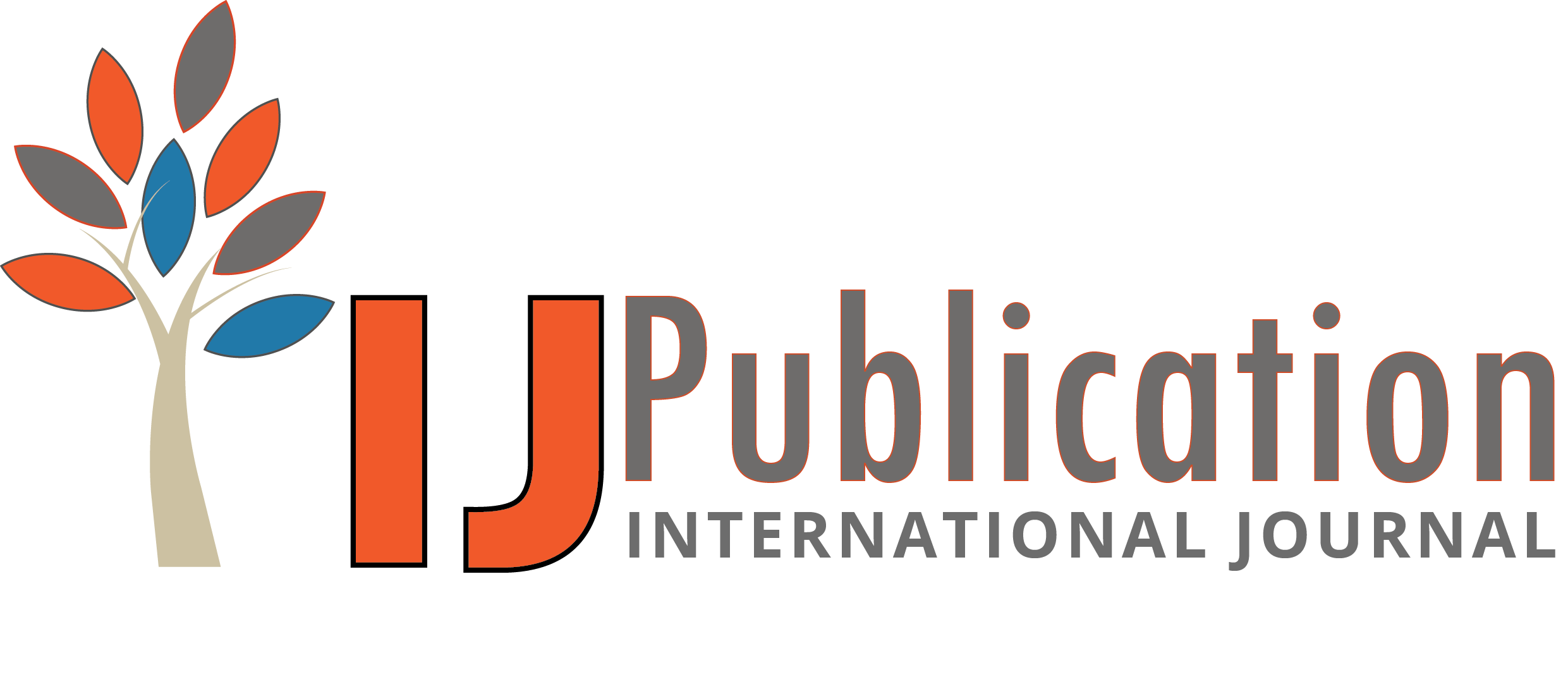Neelam Gupta Reviewer
10 Oct 2025 09:44 AM
 Approved
Approved
Relevance and Originality The research article presents a highly original and timely solution to a pressing issue in modern data architectures—ensuring the integrity and availability of data in lakehouse platforms. By addressing object store inconsistencies, which are a critical challenge, the proposed Self-Healing Lakehouse Manifests innovation offers a transformative approach. The novelty lies in the proactive, autonomous repair mechanisms enabled by cryptographic verification and predictive analytics, which significantly enhance data reliability. This advancement is particularly relevant in enterprise-grade applications where data availability is non-negotiable. While the concept is unique, further clarification of how it compares to similar technologies would provide a more comprehensive view of its originality and contribution to the field.Methodology The methodology outlined in the research is well-structured and appropriate for the goals of the study. The use of cryptographic techniques for discrepancy detection, combined with predictive analytics for future failures, represents a sophisticated approach to ensuring data integrity. The integration of Merkle tree-based verification and Bayesian drift prediction adds robustness to the system. However, while the methodology is comprehensive, the article would benefit from more detail on how these techniques are implemented in practice, especially in large-scale, dynamic environments. Additionally, some real-world testing or benchmarks would help validate the proposed solution's effectiveness in diverse operational conditions, beyond theoretical or controlled environments.Validity & Reliability The research demonstrates strong potential in terms of system reliability and validity, especially with its focus on autonomous repair mechanisms and real-time change detection. The architecture’s resilience to failure scenarios like network partitions, throttling, and schema evolution is commendable. However, the system’s ability to scale under high-load conditions or handle unforeseen edge cases is less clear. Further exploration of how the system performs under diverse, real-world conditions would strengthen its validity. Additionally, while the paper mentions targeted repair operations and isolation mechanisms, further discussion on the potential limitations or failure points of these approaches would provide a more balanced perspective on the reliability of the system.Clarity and Structure The article is well-organized, with a logical flow that takes the reader from the identification of the problem to the presentation of the solution. The technical details are presented in a structured manner, with key concepts such as Merkle tree-based verification and Bayesian drift prediction explained clearly. However, some readers might find the complexity of the proposed techniques challenging without prior knowledge in data reliability or cryptographic methods. A deeper, step-by-step walkthrough of the system’s implementation and its real-world implications would help make the content more accessible. Additionally, expanding on the limitations of the proposed solution in the conclusion would improve the overall clarity and provide a more rounded analysis.Result Analysis The analysis of the proposed solution's effectiveness is strong, with a clear emphasis on how the architecture addresses key failure scenarios without sacrificing system performance. The incorporation of sophisticated repair mechanisms and isolation techniques suggests a high level of resilience in maintaining data integrity across different types of disruptions. However, the paper could provide more detailed quantitative analysis to back the qualitative claims of enhanced reliability and performance. A comparison of the proposed system's performance against existing solutions would also offer greater insight into its practical advantages. More empirical data, possibly through case studies or performance metrics, would further validate the theoretical claims and enhance the overall strength of the analysis.








Neelam Gupta Reviewer